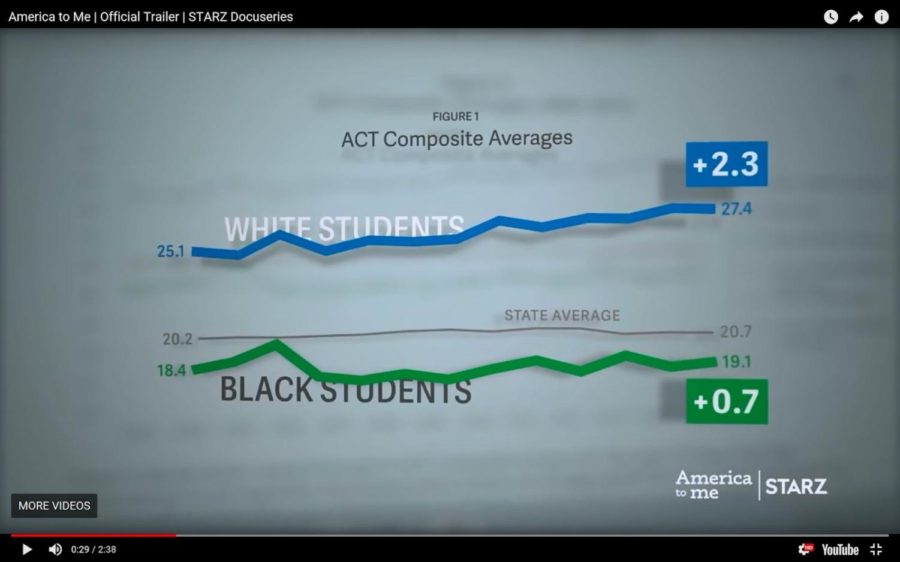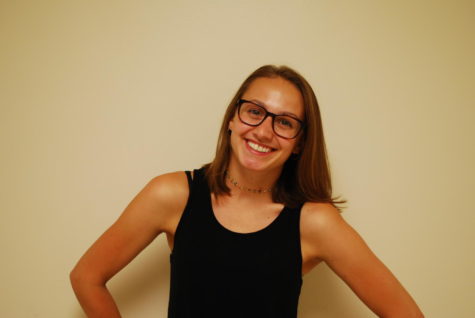Documentary highlights racial inequity in local high schools
October 23, 2018
At LT, the 2016-17 demographic reported that 72 percent of students were Caucasian, four percent were African American, 19 percent were Hispanic, and 1.8 percent were Asian. Another two percent were two or more races, and less than one percent identified as American Indian.
Contrastingly, Oak Park River Forest High School (OPRF) prides itself on its diversity, with about one half Caucasian students and one quarter African American. It was this diversity that inspired acclaimed filmmaker Steve James to follow the school’s teachers, parents and students for a year. In his documentary, America To Me, it is revealed that OPRF which is widely regarded as a diverse and progressive school has issues of race-related tension.
“We have been working and challenging ourselves in terms of racial equity for years,” OPRF Principal Nathan Rouse said. “Racial equity has been at the forefront of our professional development.”
James’ goal was to take a deeper look into “race and equity and their impact on the quest for racial parity at Oak Park and River Forest High School,” according to the OPRF website. Some of what was found through filming boiled down to stereotypes. White students making assumptions that African American students did not belong in AP or Honors classes was one instance that demonstrates the lack of equity, OPRF AP Physics teacher Aaron Podolner said.
While the documentary mostly followed students, a few teachers were featured as well. Two of Podolner’s students, Charles and Jayda, were highlighted in the documentary. Another reason for Podolner’s feature was his policy centered on equity in STEM-based classes.
“There is prejudice that white students may not think black students are as smart,” Podolner said. “But what I do, I check to see if a black student has an answer right, and if they do, then I call them up to demonstrate. It boosts their confidence, and reaffirms that they belong in the class.”
Podolner’s attention to racial equality in his classroom is a newer focus for other OPRF teachers, and now many other teachers are making conscious efforts to correct stereotypes.
“A key belief of our equity leaders at OPRFHS during the past 10 years is that teachers are not yet ready to talk about race in their classrooms,” Polodner said in a reflection of one episode. “The way we talk about race at OPRF is at a 30,000 foot level, like history, but never down to classroom conversations,” he said.
These classroom conversations are important; racial inequity could be a factor impacting standardized testing scores on the national level. The average ACT score across the nation in 2016 for African American students was 17.8, but was 23.8 for white students, according to ACT Inc. Six percent of African American students passed all four ACT benchmark scores, while 34 percent of white students did.
OPRF has a variety of pre-existing programs — alongside a few in the works– that focus on ensuring all students receive the same education regardless of race, Podolner said.
“[We need to] get real, [and] talk about the actual things that are going on,
Podolner said. “[We need] to be less worried about saying the wrong thing, and get to the bottom of what is happening.”
The 10-week documentary series is airs on the Starz network on Sundays at 9 p.m.





















![Movie poster for '[Rec]" (2007).](https://www.lionnewspaper.com/wp-content/uploads/2023/04/rec-640x900.jpg)



